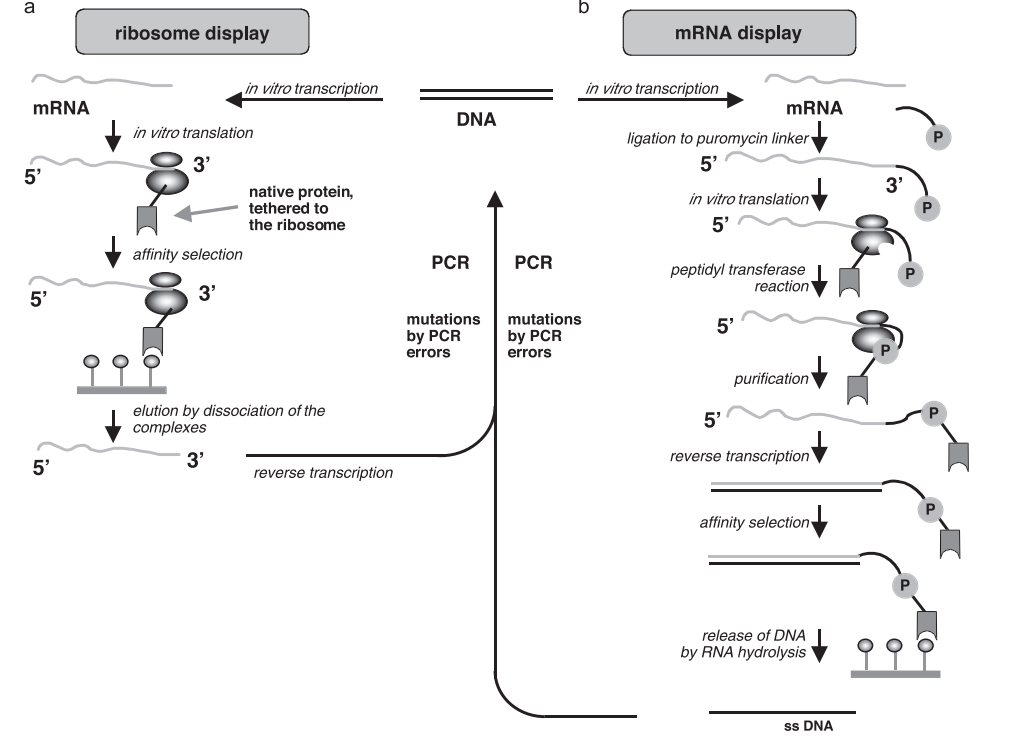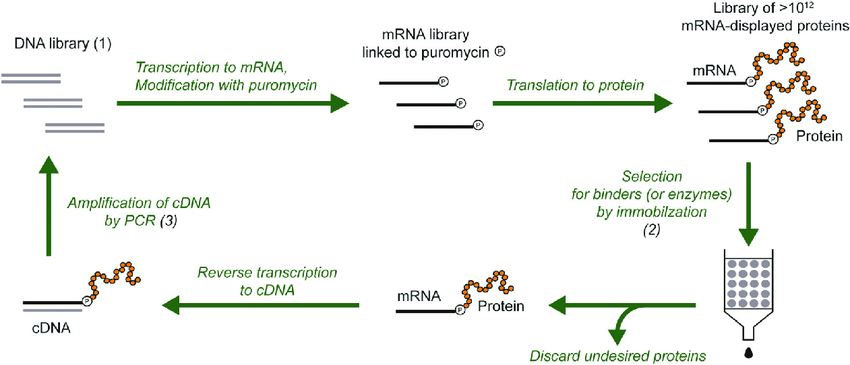Viral infections pose a significant global health threat, often leading to chronic diseases and the development of resistance to standard antiviral treatments. CRISPR/Cas technology, initially discovered as part of a bacterial immune defense system, is revolutionizing the way scientists study viruses. This innovative tool allows for the creation of viral mutants, detailed gene studies, and the development of models to understand how viruses evolve resistance. By enabling these advanced research capabilities, CRISPR is deepening our understanding of viruses and paving the way for groundbreaking advancements in virology.
Key Steps in CRISPR/Cas Viral Research and Their Outcomes
| Step | Application | Outcome |
| Selection of CRISPR/Cas | Choosing the appropriate CRISPR system (e.g., Cas9 for DNA viruses, Cas13 for RNA viruses) based on research goals. | Accurate targeting and editing of viral genomes to study or combat infections. |
| Design of gRNAs | Crafting specific guide RNAs that direct Cas proteins to the correct viral genome location. | Enhanced precision in genome editing, reducing off-target effects. |
| Delivery of CRISPR | Implementing delivery methods (e.g., viral vectors, nanoparticles) to transport CRISPR components to infected cells. | Efficient and targeted genome editing within the infected tissues. |
| Targeting and Editing | Binding CRISPR/Cas to the viral DNA/RNA to disrupt or modify the virus’s genetic material. | Inhibition of viral replication, offering potential solutions for persistent infections. |
| Analysis and Validation | Using sequencing technologies to confirm successful genome editing and assess accuracy. | Validation of CRISPR efficacy and analysis of off-target effects. |
| Functional Studies | Utilizing edited viral models to understand viral behavior, resistance, and host interactions. | Development of new therapeutic strategies and a deeper understanding of viral pathogenesis. |

Fig. 1. The Application of CRISPR/Cas Systems for Antiviral Therapy (Farzaneh Zahedipour, et al., 2024).
Applications of CRISPR/Cas in Viral Research
CRISPR/Cas technology is not just a tool for editing viral genomes; it is a versatile platform driving various research applications across different viruses.
| Virus | Type | CRISPR/Cas System | Research Application |
| Hepatitis B Virus (HBV) | DNA | Cas9 | Disruption of cccDNA to study persistence mechanisms |
| Human Papillomavirus (HPV) | DNA | Cas9 | Targeting E6 and E7 oncogenes to understand cancer progression |
| Epstein-Barr Virus (EBV) | DNA | Cas9 | Functional analysis of latency-related genes |
| Human Immunodeficiency Virus (HIV) | RNA | Cas13 | Creation of resistant mutants to study drug resistance |
| Influenza A Virus (IAV) | RNA | Cas13 | High-throughput screening for antiviral targets |
| SARS-CoV-2 (COVID-19) | RNA | Cas13d | Development of Prophylactic Antiviral CRISPR in huMAN cells (PAC-MAN) strategy for rapid response |
CRISPR/Cas9: Accelerating Vaccine Development
CRISPR/Cas9 technology is revolutionizing viral vaccine development by enabling precise genome editing. This precision is vital for creating live-attenuated vaccines, where viruses are weakened to safely trigger immune responses without causing illness. Moreover, CRISPR/Cas9 enhances the safety and effectiveness of viral vector vaccines, ensuring they elicit strong immune responses with minimal side effects.
During the COVID-19 pandemic, CRISPR-based techniques played a pivotal role in the rapid generation and testing of vaccine candidates. This demonstrated the technology’s ability to respond swiftly to emerging viral threats. Beyond speed, CRISPR/Cas9 helps identify essential viral components and host factors, allowing for the design of targeted and effective vaccines.
Relate Services
- Gene Knockout Services
- Gene Knock-in Services
- Prime Gene Editing Services
- Epigenome Editing Service
- CRISPR-based gene editing services
- CRISPR/Cas9 Off-target Screening Service
Relate Products
Advanced Applications and Future Perspectives
The versatility of CRISPR/Cas technology has propelled it far beyond basic research, opening doors to sophisticated applications that are crucial for the future of virology.
Epigenetic Studies and Viral Latency
One of the more complex applications of CRISPR involves its use in epigenetic studies, particularly in the context of viral latency. Viral latency refers to the ability of viruses, like HIV, to remain dormant within the host for extended periods, evading the immune system and antiviral therapies. This dormant state is a significant barrier to curing chronic infections. Researchers use CRISPR to target specific epigenetic markers—chemical modifications that regulate gene expression without altering the DNA sequence itself. By using CRISPR to modify these markers, scientists can alter the expression of viral genes that are responsible for maintaining latency. This approach has the potential to “wake up” dormant viruses, making them susceptible to existing treatments or immune responses, and thereby offering a pathway toward eradicating chronic infections like HIV. These studies are crucial not only for developing cures but also for understanding the intricate mechanisms that allow viruses to evade our defenses.
Host-Virus Interactions
Viruses rely on the host’s cellular pathways and resources to replicate and propagate. By using CRISPR to systematically knock out or modify host genes, researchers can identify which specific pathways and cellular components are hijacked by viruses during infection. This knowledge is invaluable for drug development, as it reveals potential targets for antiviral therapies that could block these critical interactions, effectively starving the virus of the resources it needs to survive. For instance, if a virus relies on a particular protein for replication, CRISPR can be used to disable the gene encoding that protein in host cells, rendering the virus unable to replicate. This approach is particularly promising for developing broad-spectrum antiviral drugs that target multiple viruses by focusing on common host factors they exploit.
Viral Evolution and Resistance
Another sophisticated application of CRISPR is in the study of viral evolution and resistance. Viruses evolve rapidly, often developing resistance to antiviral drugs, which poses a significant challenge in treating infections. CRISPR enables researchers to introduce specific mutations into viral genomes, simulating the evolutionary pressures that viruses experience in response to antiviral treatments. By creating these engineered viral mutants, scientists can study how resistance develops and identify the genetic changes that confer survival advantages to the virus.
Organoid and In Vivo Models
CRISPR is also at the forefront of creating advanced biological models, such as organoids and gene-edited animal models, which are crucial for studying viral infections and testing potential treatments. Organoids are three-dimensional structures grown from stem cells that mimic the architecture and function of human organs. Using CRISPR, scientists can introduce specific genetic modifications into these organoids, allowing for precise studies of how viruses infect and spread within human tissues. These models offer a level of precision and relevance that traditional cell cultures cannot match, providing more accurate insights into the disease processes and potential interventions. Moreover, CRISPR is used to create gene-edited animal models that carry specific mutations or genetic configurations relevant to human diseases. These models are essential for understanding how viruses behave in living organisms, bridging the gap between in vitro studies and human clinical trials. By testing vaccines and therapies in these models, researchers can gather reliable data on their safety and efficacy before moving on to human trials. This approach not only accelerates the development of new treatments but also reduces the risks associated with early-stage clinical testing.
Despite its transformative potential, CRISPR/Cas technology faces challenges such as off-target effects and delivery efficiency. Researchers are addressing these issues by developing more precise Cas variants like Cas12a and Cas13 and exploring advanced delivery methods. Ethical considerations, particularly in human germline editing, also require careful attention, necessitating robust regulatory frameworks. As CRISPR/Cas technology continues to evolve, it promises to drive the next generation of viral treatments and preventive measures, ensuring better protection for global health in the years to come.









